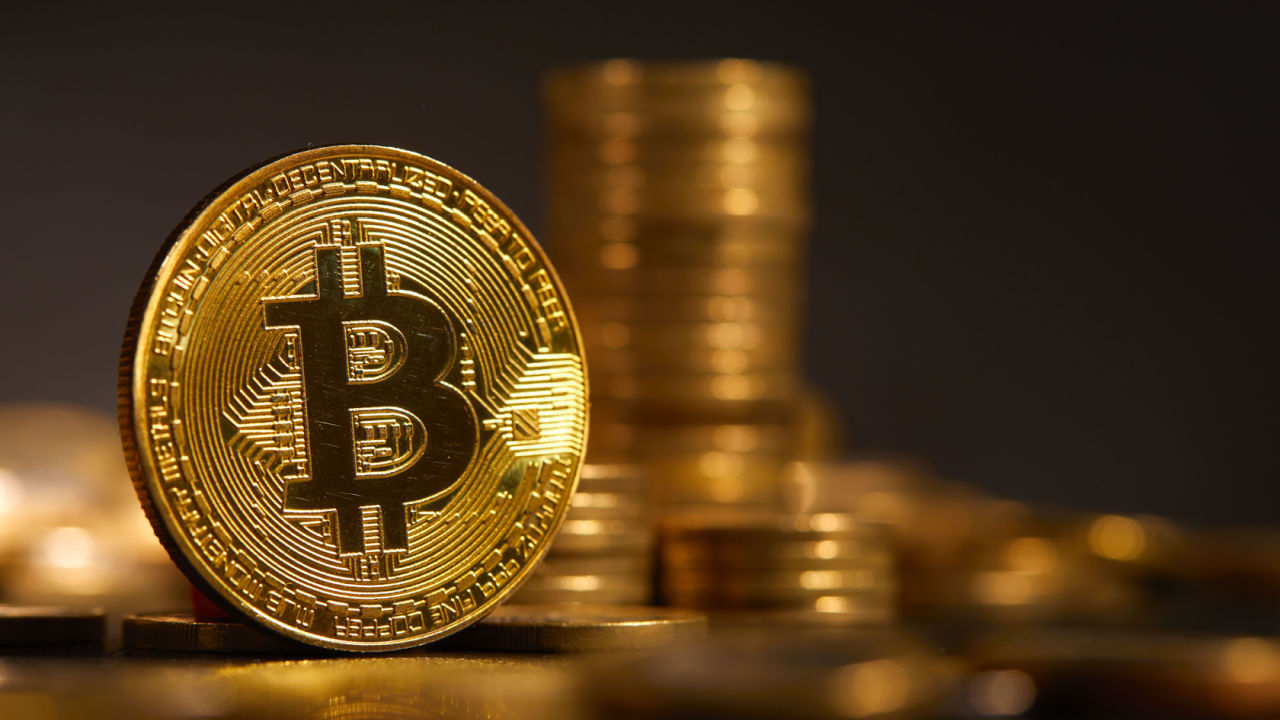Music NFTs will take gaming to new levels
The GameFi industry has been on the rise since 2020, with some estimating a market value of $55.4 billion by February 2022. While others have much lower estimates closer to $3 billion, one thing is certain: the industry grew rapidly from zero and is poised for continued growth . What matters, however, is not the day-to-day or month-to-month market value, but rather the continued increase of users who feel they are extracting value.
Games are made for people to have fun. But the rise of “gamification” refers to the application of game principles to otherwise boring, but usually value-adding, activities. For example, many educational activities can be boring until they are gamified. Technology can be used in more complicated math and science classes, but it can also be used to help students learn to navigate a large university campus. An Arizona State University scavenger hunt, for example, “guides users to landmarks around ASU’s Tempe campus for a fully virtual experience or to visit in the real world,” gamifying the way students learn about the campus.
But an aspect that is often forgotten when constructing virtual or extended leisure activities, or other gamified experiences, is the role of music.
Music in the game
One of the most underrated aspects of games is the music. Everyone always thinks about images, stories and technical performance, but sometimes we forget about the music. To be sure, all the aforementioned factors are crucially important, but music is also what enhances the in-game experience and makes it more realistic and memorable.
Related: GameFi developers could face heavy fines and hard time
“Music is probably one of the most underrated yet high impact parts of any game. When it’s done right you don’t even notice you’re being affected by the music, but when it’s done wrong it’s very obvious. What we focus on on in the games are the emotions we want the user to experience, it sounds simple, but in reality it is exceptionally time-consuming to find the right matrix and options, says Corey Wilton, co-founder of Mirai Labs.

Studios often access sample packs or purchase an audio file from a website and modify it to their liking. For example, sound packs of a particular genre often provide five to 10 options and fit the tone of the game. Most developers will have hundreds of these stacked up over time if they are a casual or mid-sized studio that ships a lot of titles. But the limitation of this approach is that the artist behind each song receives a small fraction of the contract size.
The reason for that is economic: studios buy audio in bulk at a much lower price than they would if they bought individual songs. While the upside for them is a lower cost, the downside is that their search is often less targeted. Similarly, the advantage for the artists who produce songs is that they find some demand for their sound, but the disadvantage is that they are not remunerated for their individual contribution – rather, they are compensated with a discount based on where in the sound package it lands.
Revolutionizing the purchase of music
Nonfungible tokens (NFTs) have the potential to transform the way music is curated and even made for games. Instead of having to rely on large contracts that take ages to be approved, GameFi executives can simply buy up individual music NFTs or book a group of artists who agree on a fair share of revenue and collectively create an NFT. Once that was done, NFT would immediately plug into the game and the artists could receive remuneration for their created content based on the popularity of the music. This can be implemented through assessments and other feedback mechanisms.
NFTs for classical music have a special role to play. There is simply no substitute for the epic nature of classical music, from Wagner’s “Ride of the Valkyries” to Carl Orff’s “Carmina Burana”.
Related: Crypto developers should work with the SEC to find common ground
Fortunately, adding music NFTs to games isn’t difficult. Digital assets are already traded in games. One project – House of Blueberry – has created more than 10,000 assets that people can buy to express who they are and to use in games and online communities.

And music NFTs can also create value for games that are not purely blockchain based. The only difference is that the creators would buy the NFTs on the blockchain and find a way to reward the artists.
“I work hard to remind them that the end user wants ease of access (i.e. download and account creation), games that are quick to start and learn but hard to master, instant purchase options if they want to spend money in-game, and a game that are highly engaging and keep them coming back for more. If they’re not able to execute these fundamental game design elements with blockchain, they’re creating a losing formula for themselves,” Wilton added.
Christos A. Makridis is an entrepreneur, economist and professor. He serves as COO/CTO of Living Opera, a web3 multimedia startup, and holds academic appointments at Columbia Business School and Stanford University. Christos also holds doctorates in economics and management science from Stanford University.
This article is for general information purposes and is not intended to be and should not be taken as legal or investment advice. The views, thoughts and opinions expressed herein are those of the author alone and do not necessarily reflect or represent the views and opinions of Cointelegraph. The author was not compensated by any of the projects cited in this piece.


